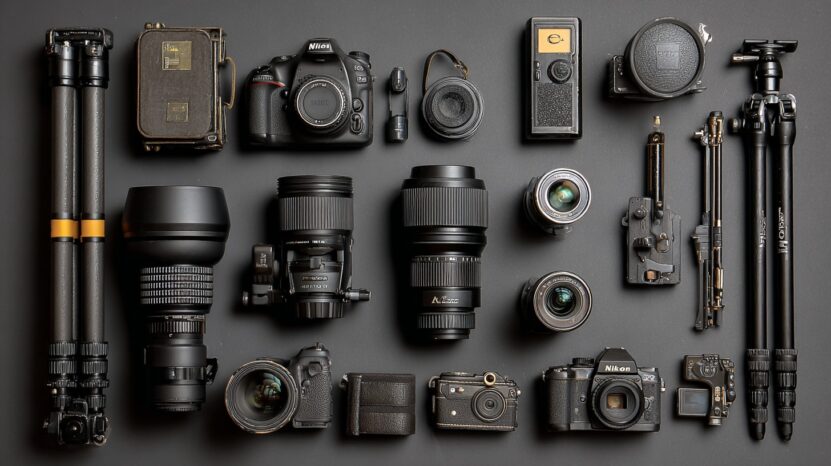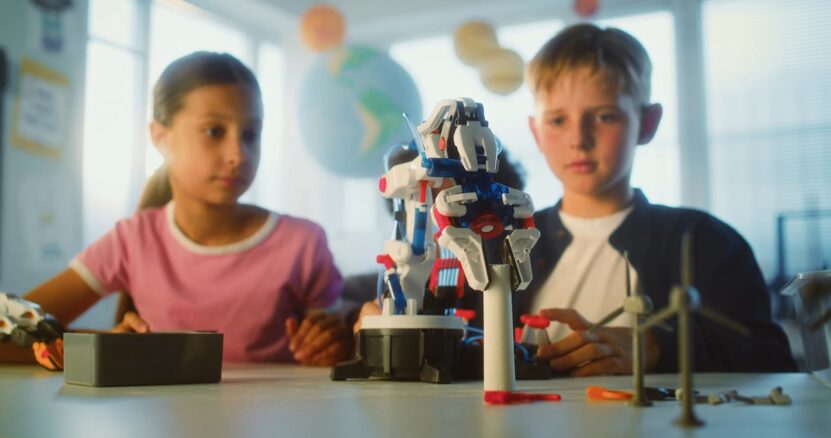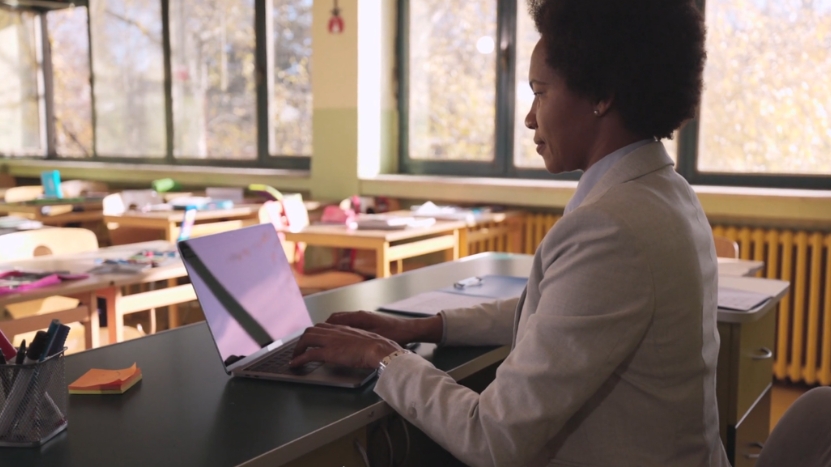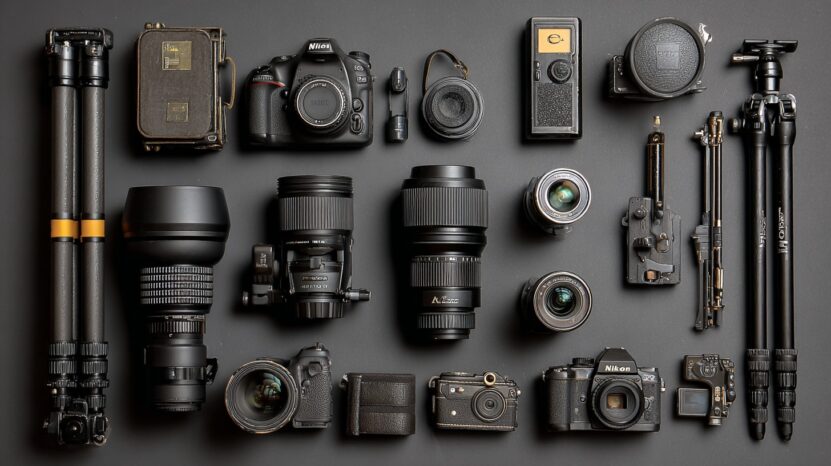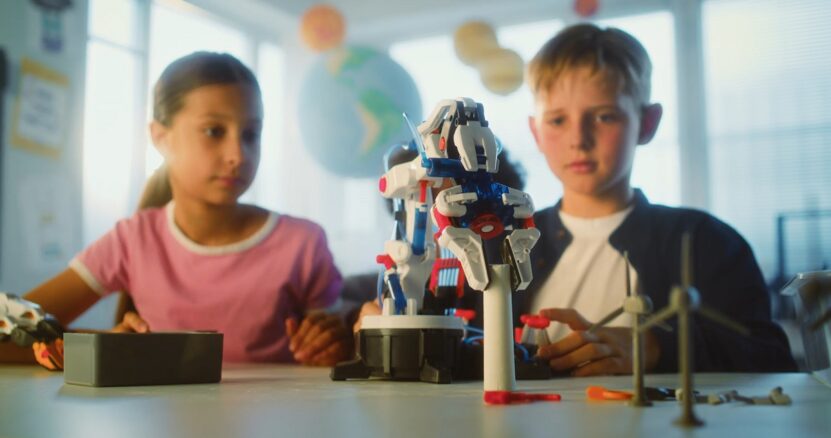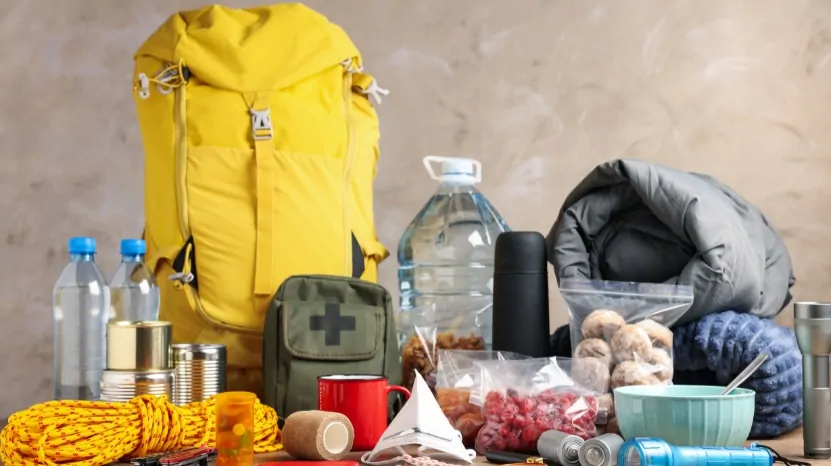
Share Post:
Preparation remains a critical aspect of school safety. Natural disasters, lockdowns, and medical emergencies can disrupt daily operations without warning.
When emergencies strike, swift access to key resources reduces chaos and safeguards lives.
Schools differ from individuals in that their emergency kits must serve larger groups and remain operational for extended periods.
Staff and faculty must lead the charge, ensuring readiness doesn’t lapse into complacency.
1. Food and Water Supplies
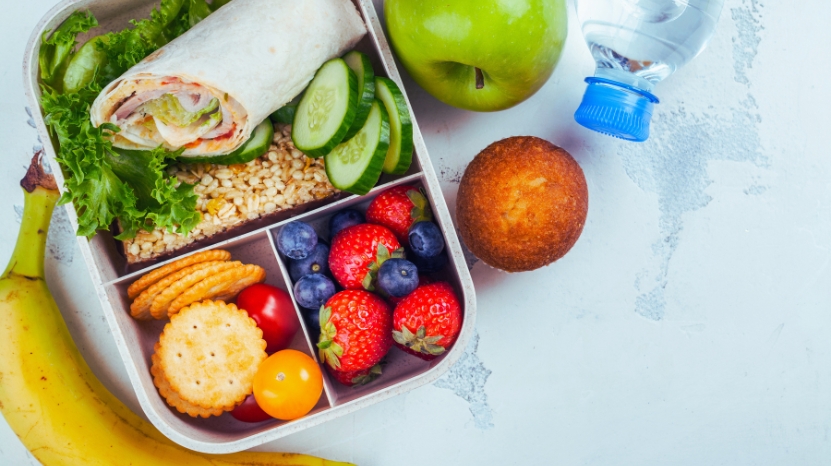
Emergencies disrupt routines, schedules, and access to essential supplies. During lockdowns or shelter-in-place scenarios, food and water become critical lifelines.
Students, especially younger ones, can become dehydrated or fatigued quickly, which affects concentration, mood, and physical health.
Having the right amount and type of nourishment on hand is non-negotiable.
Federal emergency management agencies recommend a supply of at least one gallon of water per person per day for a minimum of three days.
Schools must ensure that both drinking water and basic hygiene needs (like hand washing or cleaning minor wounds) are met. Water should be stored in food-grade containers and replaced periodically to prevent bacterial growth.
Non-perishable food items are equally vital. These must require no refrigeration, minimal preparation, and little to no water to consume.
Selections should account for dietary restrictions and include items that offer comfort and familiarity to reduce stress in younger children. Disposable supplies are necessary to uphold hygiene standards during distribution.
The following items are widely recommended by FEMA, the Red Cross, and school safety professionals:
- Water supply: 1 gallon per person per day, for at least 3 days
- Non-perishable foods: granola bars, dried fruit, shelf-stable milk, peanut butter, canned pasta with pull-tab lids
- Utensils and accessories: disposable forks, spoons, knives, paper plates, and paper cups
- Napkins and sanitizing wipes: for maintaining cleanliness during meals
2. Comprehensive First Aid Kit
Medical emergencies can happen instantly and escalate without warning.
While professional help may take time to arrive, having a fully equipped first aid kit enables staff to stabilize injuries and provide immediate relief.
Schools should never underestimate the psychological reassurance these kits offer during high-stress incidents. Staff must know where kits are located and be trained in their use.
First aid kits must be more than basic, they should accommodate large groups and cover a broad range of injuries. Supplies should address bleeding, fractures, eye trauma, breathing issues, and exposure risks.
Given the public setting, tools for triage and group care are essential. To support this, consider the following items:
- Wound care: gauze pads, adhesive bandages, butterfly closures, antiseptic wipes, hydrogen peroxide
- Injury support: splints, elastic bandages, slings
- Vision protection: eye patches and eyewash solution
- Personal protection: latex and nitrile gloves, heavy-duty rubber gloves
- Tools: trauma shears, tweezers, thermometers
- Respiratory protection: dust masks, especially N95-grade
- Triage: color-coded triage tags, space blankets
- Instructional material: printed manuals with basic and advanced first aid steps
As highlighted in recent discussions like the AFFF lawsuit update, health risks extend far past injuries; exposure to environmental toxins must also be addressed.
Kits should reflect awareness of evolving risks and include updates aligned with new health guidelines.
3. Sanitation and Hygiene Products
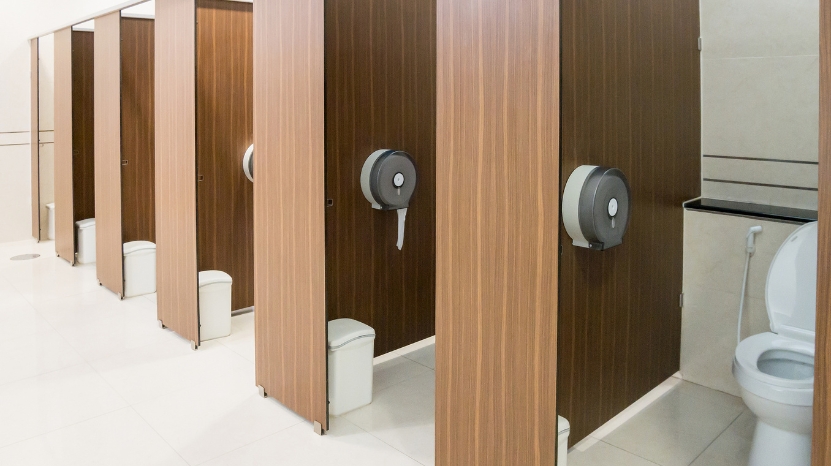
Poor sanitation creates ideal conditions for disease outbreaks during emergencies, especially when access to running water and restrooms is compromised.
Every school must establish a hygiene system that operates independently of municipal utilities.
Portable toilets and privacy shelters address basic human needs while preserving dignity and minimizing exposure risks.
Each sanitation kit should include clearly marked items for quick distribution. Hygiene-related resources must be rotated regularly to ensure effectiveness and usability.
Essential items to include:
- Portable toilets and foldable privacy shelters
- Rolls of toilet paper and containers of baby wipes
- Hand soap (preferably in pump bottles) and alcohol-based sanitizers
- Plastic bags and heavy-duty trash bags for waste containment
- Sanitary pads and tampons for menstrual needs
- Diapers, if the school includes infants or toddlers
Regular checks for expiration dates and equipment condition are non-negotiable.
4. Communication Tools and Emergency Documents
Communication becomes the backbone of school emergency management. When normal systems fail, staff must rely on tools that do not require cell towers or electricity.
Radios powered by batteries or manual cranks offer vital updates, especially when tuned to NOAA emergency frequencies.
Staff can direct students and coordinate evacuation using whistles and bright identification vests.
Documents guiding the emergency response should be waterproofed, easy to locate, and organized for quick access.
Each classroom and office should maintain a secure container holding this documentation.
Critical communication resources include:
- NOAA-enabled battery-powered or crank radios
- Whistles for signaling and crowd direction
- Reflective vests for staff identification
- Emergency contact lists and allergy/medical needs forms
- Student rosters sorted by classroom or grade
- Clipboards, permanent markers, and ballpoint pens
- Emergency job descriptions to distribute roles instantly
FEMA’s classroom-specific recommendations highlight the need for clarity and redundancy in communication systems.
5. Power Sources and Lighting
@theeppichclassroom hands down, one of the best investments I made in my classroom! #teachersoftiktok #classroomsetup #teacherhacks #CapCut ♬ Hawaiian Roller Coaster Ride – Brittni Paiva
Power outages during emergencies create not only inconvenience but also potential danger. Without light, evacuation becomes hazardous.
Without electricity, phone communication and access to vital data are lost. Schools must anticipate short and long outages by stocking energy resources that can adapt to evolving needs.
Schools should issue and test backup light sources routinely, ensuring staff and students can navigate spaces safely even after sunset or in windowless areas.
Items every school must have on hand:
- Crank-powered flashlights and LED lanterns
- Spare batteries for each device type in use
- Portable battery packs and solar-powered phone chargers
- Car battery jumper cables for emergency transport or auxiliary power
- Light sticks for classrooms, stairwells, and hallways
Red Cross preparedness guidance recommends layered lighting options to cover both short bursts of use and prolonged emergencies.
6. Personal Protection and Safety Tools
N95 masks for staff are arriving and are being shipped out to schools! Thank you to all the staff working hard to get these to schools quickly. @DirectorUGDSB pic.twitter.com/ExJ5xv90Ww
— Upper Grand DSB (@ugdsb) January 7, 2022
Disasters often involve structural damage, broken glass, airborne dust, or chemical leaks. Staff and students must have access to gear that reduces injury risk.
Safety tools help secure buildings temporarily, conduct light rescue tasks, or navigate dangerous environments.
Proper storage and training are critical. Improper tool use can cause injury instead of prevention. Campus Safety resources recommend familiarizing staff with every item included in the kit.
Recommended safety tools include:
- N95 or similar filtration masks
- Plastic sheeting and duct tape to seal broken windows or door frames
- Work gloves and cut-resistant gloves for debris removal
- Multi-purpose tools, including screwdrivers, wrenches, and crowbars
- Rain ponchos, thermal blankets, and weather-resistant gear
7. Personal Comfort and Miscellaneous Items
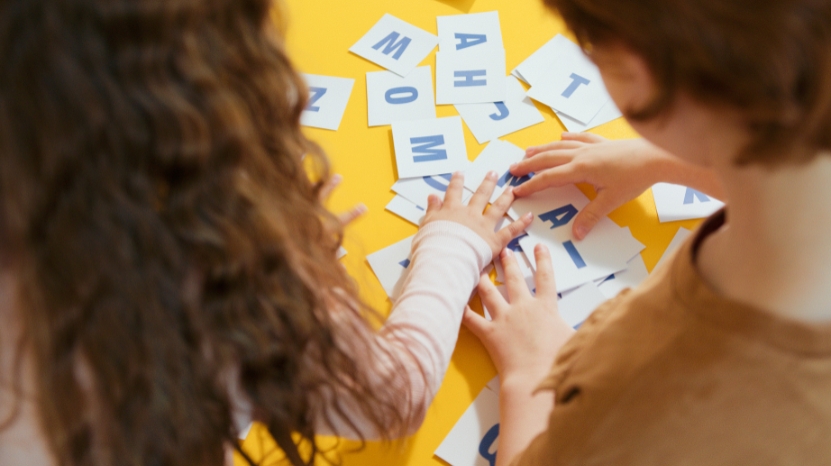
Long periods in lockdown or post-disaster sheltering create stress and discomfort that impact both physical and emotional health.
Comfort kits tailored to different age groups help maintain morale and reduce panic. Hygiene and sensory comfort are essential, especially in crowded or enclosed spaces.
Younger students often require distraction and engagement to prevent anxiety during prolonged emergency periods. Items should be stored in easily accessible bins, separated by category for rapid distribution.
Suggested comfort and miscellaneous items include:
- Baby wipes, deodorant, disposable toothbrushes, and hair ties
- Sugar-free gum, mints, or individually wrapped snacks
- Coloring books, card games, puzzles, and toys
- Earplugs for students sensitive to noise
- Small books or activity guides for age-appropriate engagement
- Envelopes of emergency cash for vending machines or transport needs
Recommendations from Power to Decide emphasize personal well-being as a central part of comprehensive emergency planning.
The Bottom Line
Regular inventory checks and routine emergency drills reinforce schoolwide preparedness.
Supplies alone do not guarantee safety; training and situational awareness are equally important.
Schools should adapt their kits based on local threats, school size, and community makeup.
Preparedness saves lives, strengthens trust among stakeholders, and fosters a culture of collective responsibility.
Related Posts:




